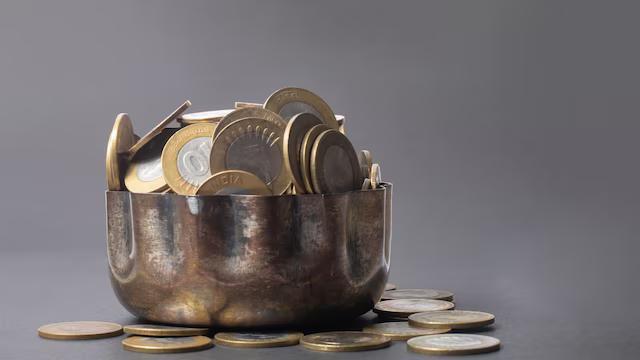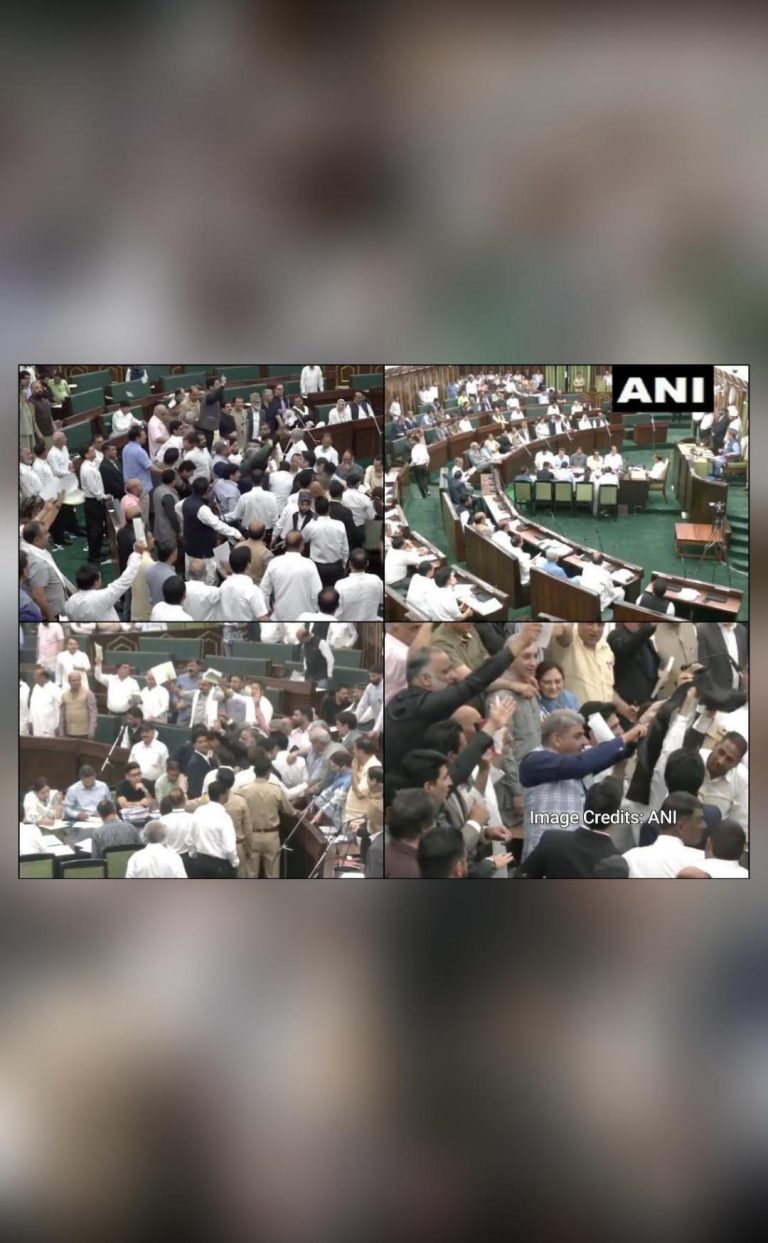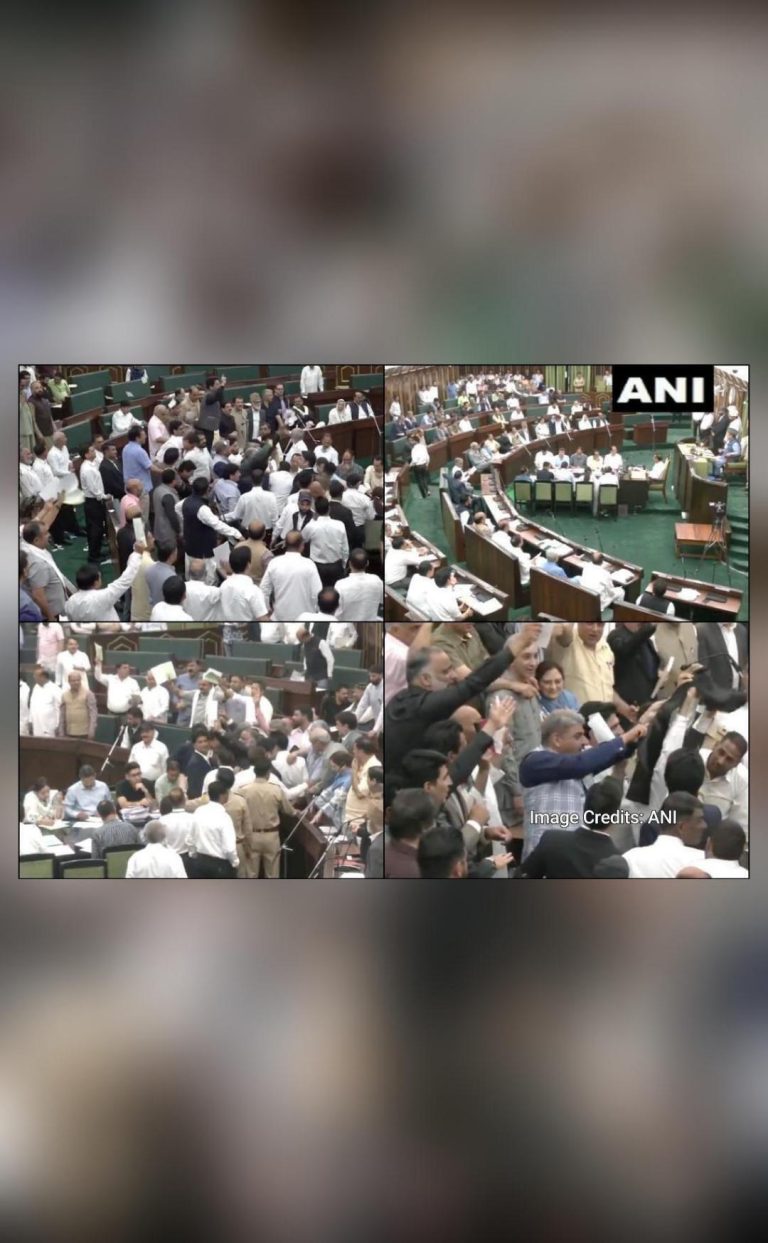
What can people who invest in FDs do as RBI cuts repo rate?
The Reserve Bank of India (RBI) has recently cut the repo rate by 25 basis points to 6.25%. This move is expected to have a cascading effect on various financial instruments, including fixed deposits (FDs). Banks will likely reduce the interest rates offered on FDs, which can impact the returns of those who have invested in these instruments. In this blog post, we will explore what people who invest in FDs can do in response to the RBI’s repo rate cut.
Current scenario: Impact of RBI’s repo rate cut on FDs
The RBI’s decision to cut the repo rate is aimed at boosting economic growth and inflation control. However, this move can have a direct impact on FDs, which are a popular investment option for individuals seeking low-risk returns. With the repo rate cut, banks will likely reduce the interest rates offered on FDs to maintain their profit margins. This means that those who have invested in FDs may see a reduction in their returns.
Actionable steps for FD investors
In response to the RBI’s repo rate cut, FD investors can take the following steps to minimize the impact of falling interest rates:
- Open new FDs soon: For those planning to open new FDs, it is essential to do so soon to lock in the current interest rates before banks revise them. This will ensure that you earn the current returns on your investment.
- FD laddering: FD laddering is a strategy that involves splitting your investment across multiple FDs with different tenures. This approach can help mitigate the impact of falling interest rates. For example, you can invest a portion of your money in a short-term FD, a medium-term FD, and a long-term FD. When the interest rates fall, you can withdraw the money from the short-term FD and reinvest it in a new FD with a higher interest rate.
- Opt for longer tenures: While the RBI’s repo rate cut may reduce interest rates, longer-term FDs may still offer higher returns. For example, if you invest in a 5-year FD, you may still earn higher returns than a 1-year FD. However, it is essential to assess your financial goals and risk tolerance before opting for longer tenures.
- Consider other investment options: If you are concerned about the impact of falling interest rates on your FD investments, you may want to consider other investment options that offer higher returns. For example, you can invest in stocks, mutual funds, or other instruments that have the potential to generate higher returns. However, it is essential to assess your risk tolerance and financial goals before making any investment decisions.
Conclusion
The RBI’s repo rate cut is likely to have a direct impact on FDs, and FD investors need to be prepared to adapt to the changing interest rate landscape. By opening new FDs soon, adopting FD laddering, opting for longer tenures, and considering other investment options, FD investors can minimize the impact of falling interest rates and achieve their financial goals.






